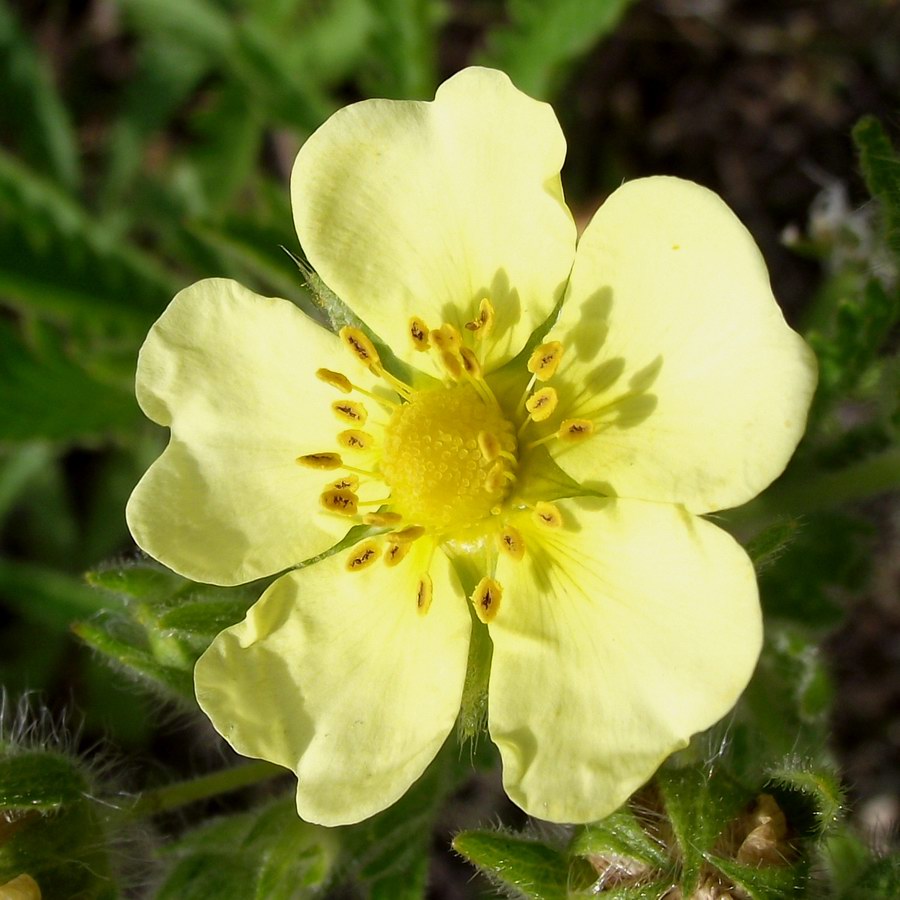
Visual Art |
Up |
Prev |
Next |
"Yellow", the hue, is halfway between Red and Green on the wheel. Is a spectral (or real) hue and one of the 3 subtractive primaries that are used by printers.
"Yellow", the colour, is the brightest saturated colour obtainable on an RGB display. Saturated colours are colours that use only 1 or 2 of the additive primaries and Yellow uses the full strength of both the Red and Green pixels. Red and Green are the two hues that the human eye is the most sensitive to, thus Yellow is the brightest colour on the screen. Technically White is the brightest, but it is not a saturated colour and thus doesn't have the impact of Yellow.
Because of it's great impact and high contrast in combination with Black, Black and Yellow are used as a warning sign, both in nature and in the human world.
"Yellow", the colour, is unusual for a primary colour in that it is only recognisable as "Yellow" over a narrow band of brightness and hue. People don't speak of Olive as "Dark Yellow", nor Butter as "Light Yellow". Chips are not perceived as "Yellow", nor are Golden Delicious. Compare this with Blue, Green, Red, Purple or Cyan which are recognisable over a much greater area.
There have been a lack of good pigments and dyes for Yellow until the 19th century, so clean bright Yellows have missing from painting and clothing before that time. The yellows available were dull, ochre in hue or short lived, so painters dulled everything else down, or shifted the hue of surrounding objects to fool the mind into seeing bright colour. Mainly they simply avoided painting daffodils and buttercups. The pigments they did have included: Jaune Brillant (Naples Yellow), which was obtained from lead(II) antimonate, Lead-Tin Yellow (Pb2SnO4), Yellow Ochre from limonite, Orpiment from arsenic sulfide, and Indian Yellow obtained from the urine of cows. Most of these are toxic. From 1809 they also had Lemon Yellow (barium chromate) which was also toxic.
Today there are spectacular bright, true, safe, lightfast yellows available, such as: Arylide Yellow and Cadmium Yellow, so painters can hammer daffodils and buttercups to their hearts content.
| Butter | Butter | Sulphur Cinquefoil |
| HSB 60°, 35%, 100% RGB 255, 255, 166 |
 |
 |
| "Butter" is the colour of butter of course and also of various flowers. | "Butter" is made from pure cow's cream and not margarine. It does vary in colour somewhat and can be darker or paler but this is a good average. | Sulphur Cinquefoil (Potentilla recta), is a perennial herb and a minor weed across most of temperate Eurasia and North America. It's petals are pale yellow. |
| Yellow | Lemon | Daffodil |
| HSB 60°, 100%, 100% RGB 255, 255, 0 |
 |
 |
| "Yellow" is the colour of the sun, birds plumage, such as the canary, numerous flowers such as: daffodils, buttercups, dandelions and roses and certain ripe fruits including: quinces, lemons and bananas. It is associated with gold, wealth, sunshine, reason, happiness, optimism and pleasure, but also with cowardice, envy, jealousy and betrayal. | Lemons are Yellow when healthy and fully ripe and when seen in good light. | Daffodils are a cultivated flower and come in a variety in colours, however the most common form is pure yellow. It is pure yellow though only in sunlight, in shade it will be Yellow Cheese. |
| Wasabi | Wasabi | Missing |
| HSB 60°, 100%, 77% RGB 196, 196, 0 |
 |
 |
| "Wasabi" is the colour of ... | Wasabis do vary in colour and can be slightly in hue but not enough to put them in the adjacent category which is ... | If you find another natural object of the colour swatch on the left please email me. |
| Olive | Olive | Missing |
| HSB 60°, 100%, 54% RGB 138, 138, 0 |
 |
 |
| "Olive" is the colour of ... | Olives do vary in colour and can be slightly in hue but not enough to put them in the adjacent category which is ... | If you find another natural object of the colour swatch on the left please email me. |
| Olive Drab | Olive Drab | Missing |
| HSB 60°, 100%, 27% RGB 69, 69, 0 |
 |
 |
| "Olive Drab" is the colour of ... | Olive Drabs do vary in colour and can be slightly in hue but not enough to put them in the adjacent category which is ... | If you find another natural object of the colour swatch on the left please email me. |